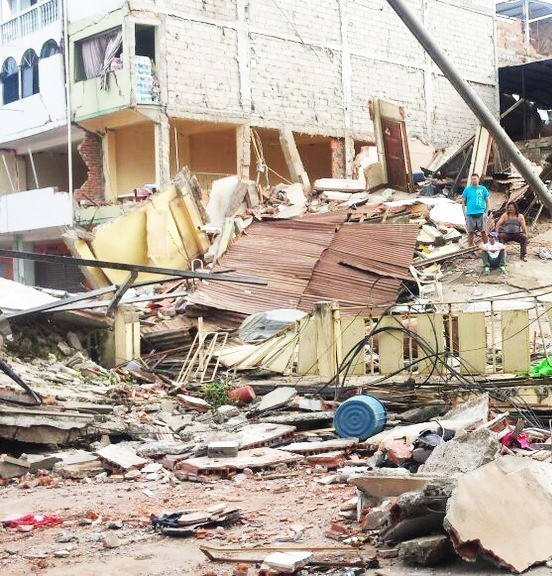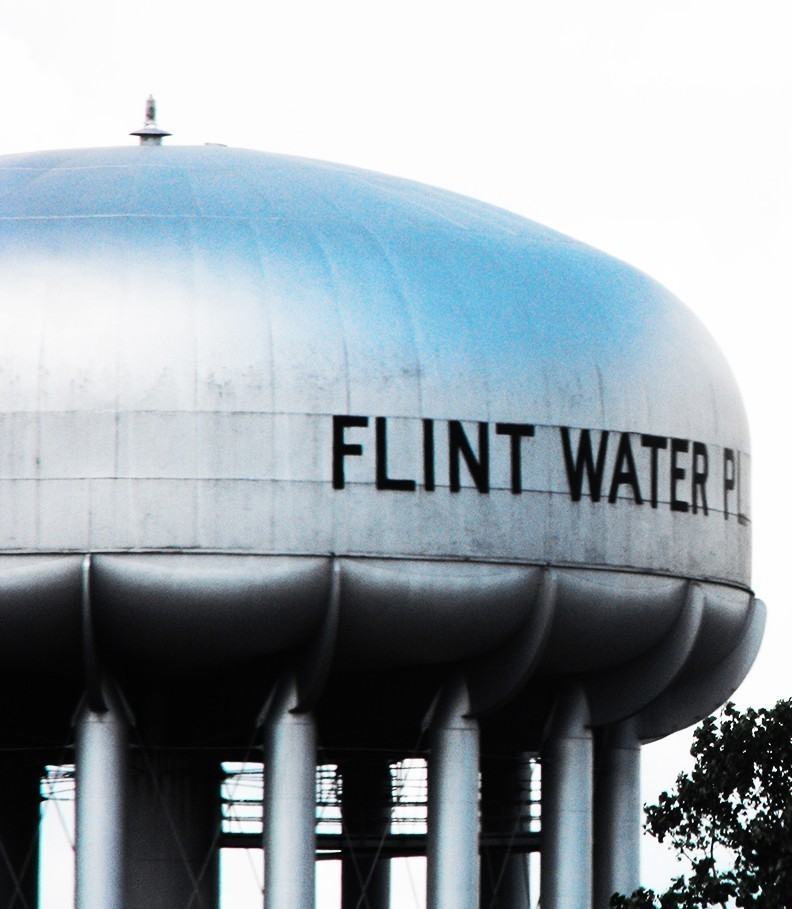Mars, Manhattan, and Lessons about Disasters
By Tricia Wachtendorf
The Martian's lead character, Mark Watney, survived on the Red Planet because he was part of a larger group of people learning under conditions of extreme stress, availing themselves to new ideas, suspending existing procedures, and developing new ones. Similarly, the mariners on 9/11 successfully performed a Dunkirk-like boatlift of approximately 500,000 people because their community shared the same features.
Read More...







